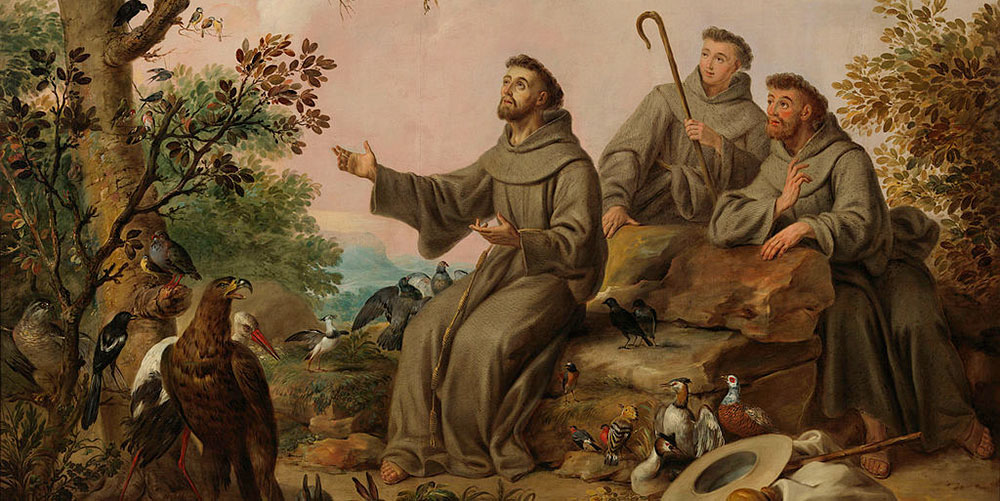A Saint of Simplicity and Peace
Known for his radical embrace of poverty, deep love for nature, and commitment to peace and humility, St. Francis of Assisi is one of the most venerated religious figures in Christianity.
Born Giovanni di Pietro di Bernardone in Assisi, Italy, Francis was the son of a wealthy cloth merchant. His early life was marked by privilege and indulgence. He was a charismatic young man who dreamed of becoming a knight and achieving glory in battle. In his early twenties, he joined a military expedition but was captured and imprisoned for a year. This experience, along with a series of spiritual visions and illnesses, led him to reevaluate his life.
Spiritual Awakening and Transformation
Upon returning to Assisi, Francis underwent a dramatic spiritual transformation. He began to renounce his former lifestyle, showing increasing concern for the poor and marginalized. In a dramatic confrontation with his father in the town square, Francis publicly gave up his inheritance, stripping off his fine clothes and declaring his allegiance to “his Father in heaven.” He chose a life of poverty, wandering the countryside preaching repentance, peace, and the love of God.
Francis believed in living the Gospel literally, embracing poverty as a path to spiritual freedom. He attracted followers who were inspired by his example. In 1209, he founded the Order of Friars Minor, later known as the Franciscans. Unlike monks who lived in monasteries, Franciscan friars lived among the people, ministering to the sick and poor, preaching in the streets, and depending on alms for survival.

A central part of Francis’s spirituality was his reverence for nature. He saw all of creation as a reflection of God’s love and referred to animals and natural elements as his brothers and sisters. This deep ecological awareness is captured in his famous Canticle of the Sun, which praises Brother Sun, Sister Moon, and even Sister Death. Because of this, he is considered the patron saint of animals and ecology.
The Stigmata and Final Years
In 1224, while praying on Mount La Verna, Francis is said to have received the stigmata — the wounds of Christ — making him the first recorded person in Christian history to bear these marks. Despite his physical suffering and near blindness, Francis continued to preach and inspire others.
He died on October 3, 1226, at the age of 44, lying on the bare ground, as he had requested. Just two years later, in 1228, he was canonized as a saint by Pope Gregory IX. His feast day is celebrated on October 4.
Enduring Legacy and Modern Influence
St. Francis’s legacy endures through the Franciscan orders, his writings, and the countless stories of his life and miracles. His message of simplicity, peace, and care for creation continues to inspire people across religious and cultural boundaries. In 2013, Pope Francis became the first pope to take his name, citing St. Francis’s commitment to the poor and the environment as a guiding inspiration.
St. Francis of Assisi remains a timeless symbol of humility, compassion, and faith.




